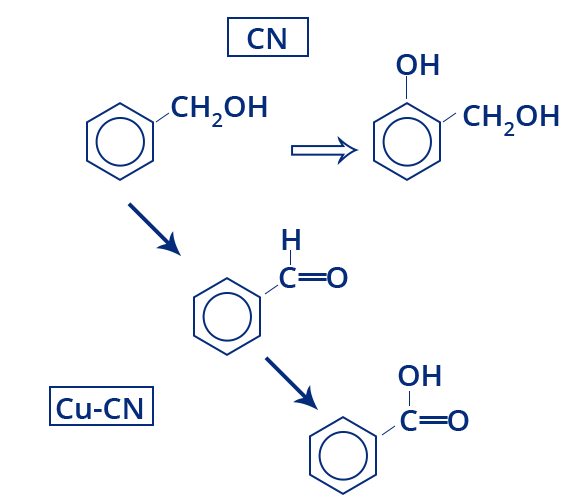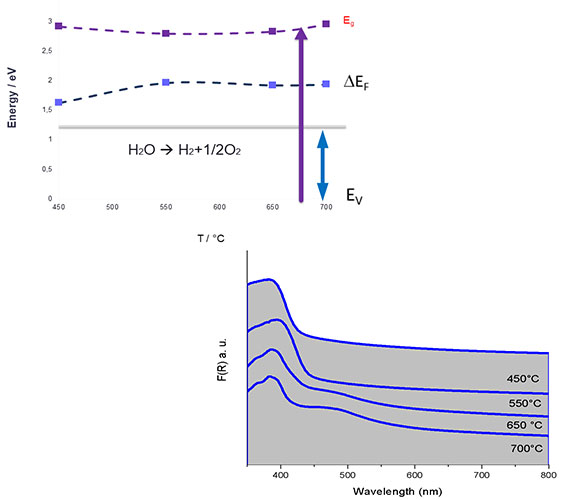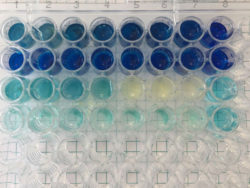Polymeric carbon nitride is a wonder 2D material with a many application, such as
- Photocatalyst to oxidize contaminants and colorants
- Photocatalyst to produce hydrogen from water
- Transparent photovoltaic cells (for buildings and cars)
- UV-absorber
- Catalyst to specific organic reactions
- Organic semiconductor to optoelectronics
- Fire retardant
- Fluorescent material
A new type of carbon nitrogen material is under development, defined as C2N.
Its applications are still under study, but it is a promising material as a photocatalyst and electronics coupled to polymeric carbon nitride.








